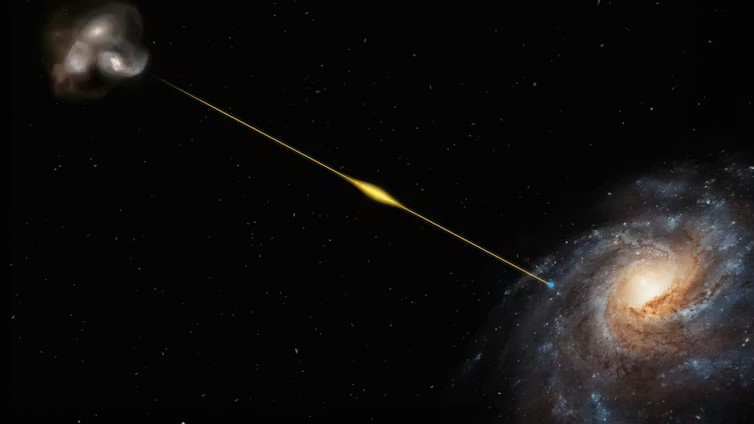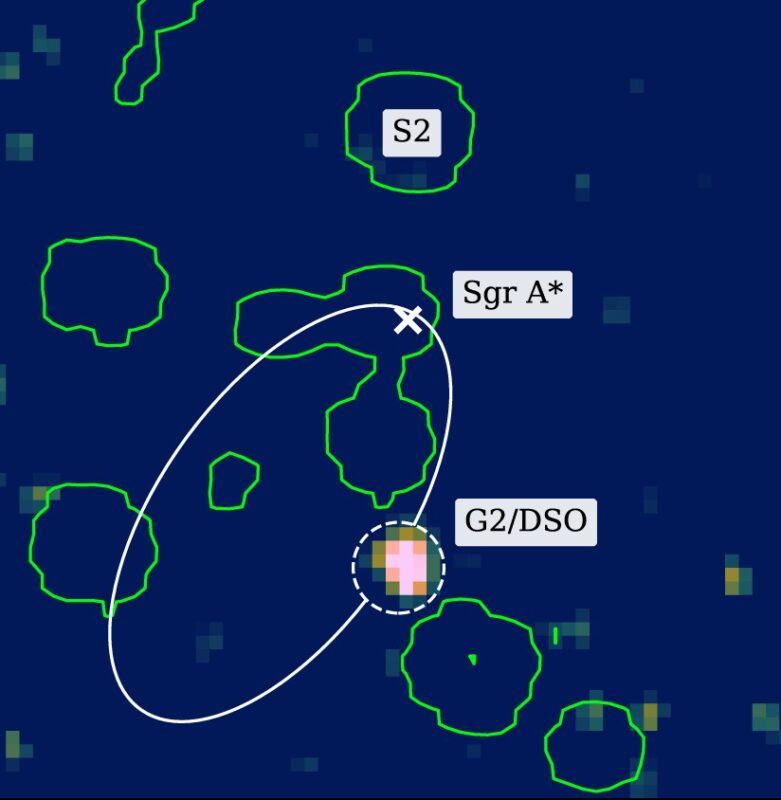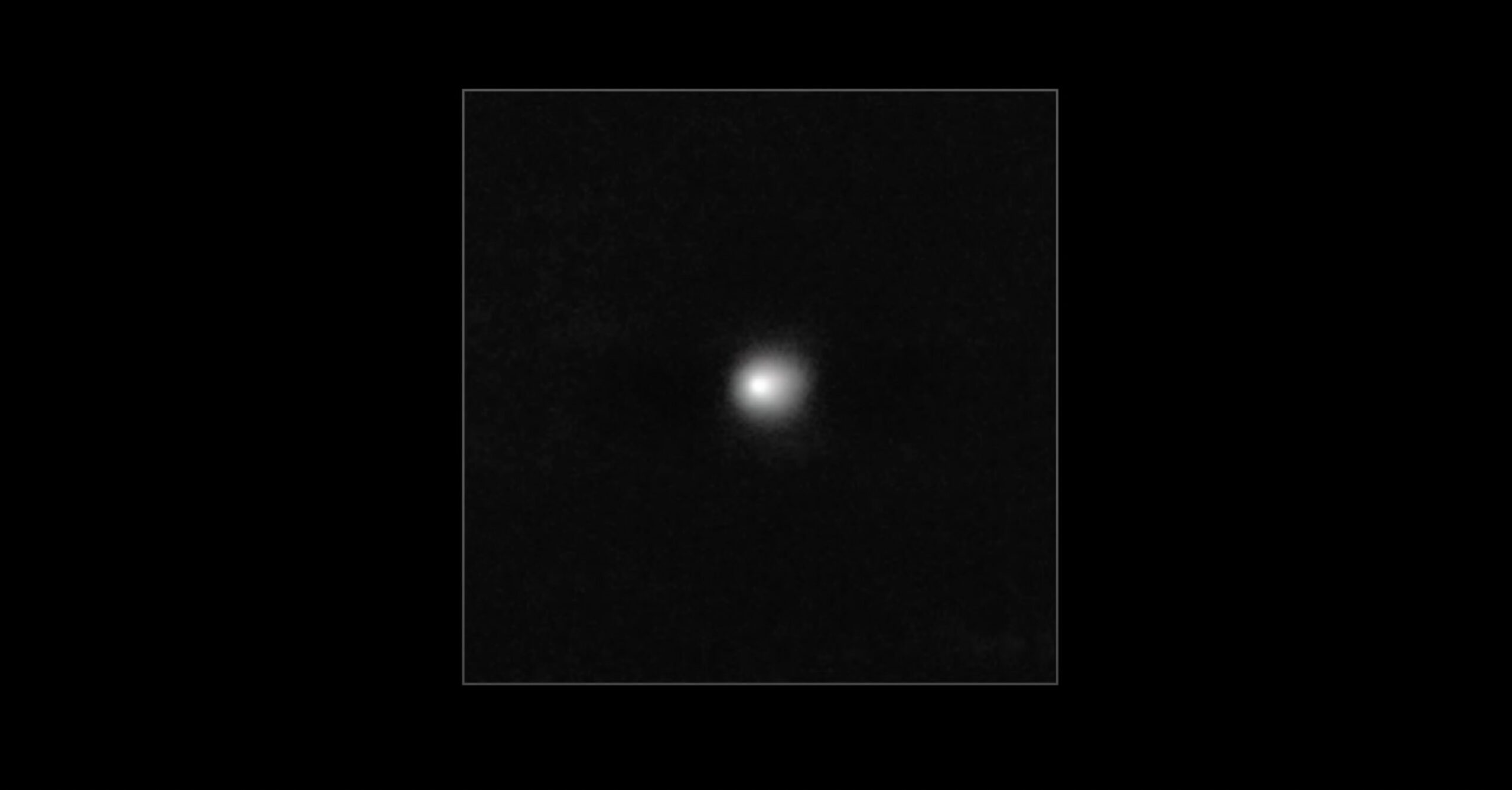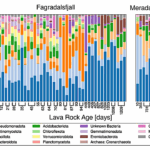Now Reading: Small planets are common around small stars, says new study
-
01
Small planets are common around small stars, says new study
Small planets are common around small stars, says new study
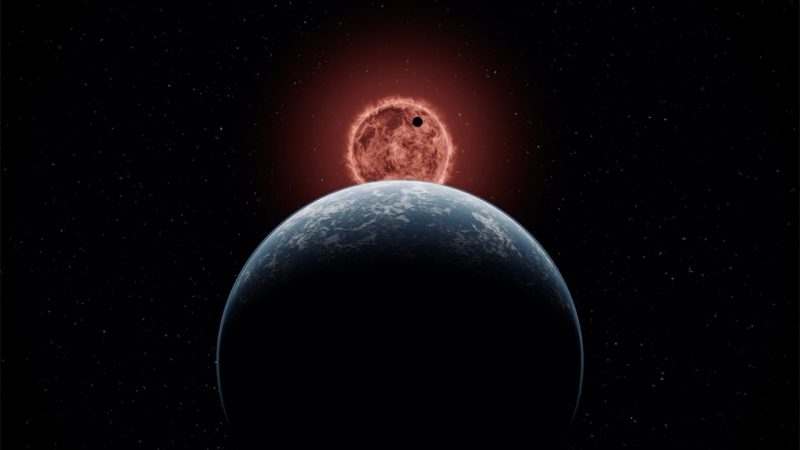
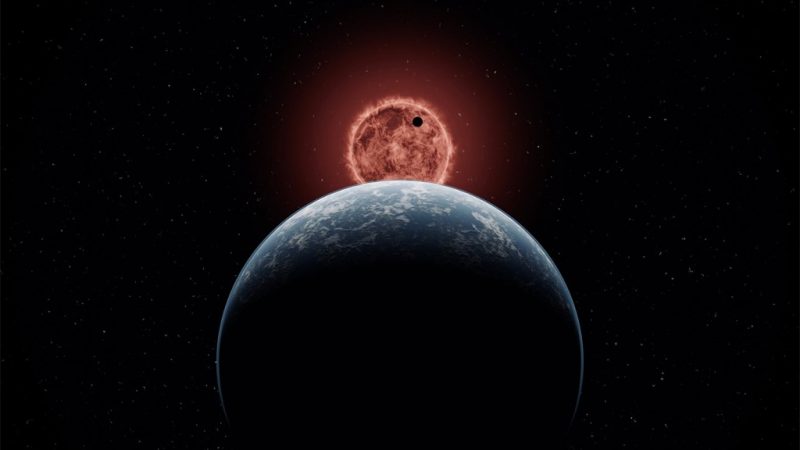
- Exoplanets with masses similar to Earth are common in our galaxy.
- These planets are especially common around low-mass stars such as red dwarfs, researchers in Germany said in a new study. Could any of them support life?
- The discovery of four new small exoplanets around red dwarfs will help astronomers in their search for such planets that could be habitable.
Searching for small planets like Earth
Small, low-mass stars like red dwarfs are the most common type of star in our galaxy. And astronomers have also found many exoplanets orbiting them. On June 27, 2025, a new study led by Heidelberg University in Germany said that small planets similar in mass to Earth are especially common around red dwarfs. The astronomers used the CARMENES spectrograph system at the Calar Alto Observatory in Spain to observe 15 stars. They found four new exoplanets ranging from 14 times Earth’s mass to only 1.03 times the mass of Earth.
The CARMENES spectrograph is ideal for detecting exoplanets around low-mass red dwarf stars. These stars are all cooler, smaller and less massive than our sun. Their masses range from about 1/10 to 1/2 that of the sun.
The results will help astronomers in their search for habitable planets around red dwarf stars. And some of these smaller worlds do orbit in their stars’ habitable zones, where liquid water could be possible on their surfaces.
The researchers published their peer-reviewed results in Astronomy & Astrophysics on April 8, 2025.
Observing 15 low-mass stars
For the new study, the researchers used a catalog of 2,200 low-mass red dwarf stars. They chose 15 of those for additional observations with CARMENES. This kind of star is smaller, less massive and cooler than our sun. In addition, they are the most common type of star in the Milky Way.
Astronomers already knew that exoplanets are quite common around such stars. But for this study, they focused on rocky planets similar to Earth in size and mass.

4 new exoplanets
The research team found four new exoplanets altogether. Their masses ranged from 14 times that of Earth to only 1.03 Earth masses. All four planets – similar to many others around red dwarfs – orbit very close to their stars. Their orbital periods ranged from 1.43 to 5.45 days. That’s way faster than even Mercury orbits the sun!
CARMENES Data: Earth-like Planets Especially Common Around Low-mass Stars – Studies of 15 M-stars offer new insights into the presence of exoplanetswww.uni-heidelberg.de/en/newsroom/…
— Universität Heidelberg (@uniheidelberg.bsky.social) 2025-06-27T13:35:01.391Z
CARMENES Data: Earth-like Planets Especially Common Around Low-mass Starsastrobiology.com/2025/07/carm… #astrobiology #exoplanet #astronomy #biosignature #genomics #biochemistry
— Astrobiology (@astrobiology.bsky.social) 2025-07-01T16:25:15.588Z
Low-mass planets for low-mass stars
Previous studies have also shown that low-mass planets are more common around low-mass stars than more massive planets. For example, stars with less than 0.16 solar masses have an average of two planets with less than three Earth masses. Adrian Kaminski at the Königstuhl Observatory, part of the Centre for Astronomy of Heidelberg University, is the lead author of the new study. He said:
It is quite remarkable how often small planets occur around very low-mass stars. Larger planets, on the other hand, are rarer. This suggests that low-mass stars tend to form smaller planets in close orbits.

The search for life
If this kind of planet is common, then the question arises as to whether any of them could support life. One problem is that red dwarfs tend to have strong solar flares. This can endanger the atmospheres of any planets orbiting close to them.
One advantage, however, is that these planets are often in the stars’ habitable zones. That’s the region where temperatures could allow liquid water to possibly exist. The planets do tend to orbit close to their stars. However, because the stars are smaller and cooler than our sun, that also means the habitable zones are closer to the stars. And, indeed, many of these low-mass planets do orbit within the habitable zones of their stars. Andreas Quirrenbach, director of the Heidelberg-Königstuhl State Observatory in Germany, said:
Small, rocky planets in the so-called habitable zone – the area around a star where water could exist in liquid form – are potential candidates for habitable worlds. Since M-dwarfs are very common and radiate their energy constantly into space over billions of years, they could provide stable environments for the development of life.
Bottom line: A team of astronomers led by Heidelberg University in Germany have found small planets like Earth are common around small, low-mass red dwarf stars.
Source: The CARMENES search for exoplanets around M dwarfs
Read more: Exciting! 4 new mini-Earth exoplanets at nearby star
Read more: Habitable exoplanets could exist around nearby stars
The post Small planets are common around small stars, says new study first appeared on EarthSky.
Stay Informed With the Latest & Most Important News
-
 012024 in Review: Highlights from NASA in Silicon Valley
012024 in Review: Highlights from NASA in Silicon Valley -
 02Panasonic Leica Summilux DG 15mm f/1.7 ASPH review
02Panasonic Leica Summilux DG 15mm f/1.7 ASPH review -
 03How New NASA, India Earth Satellite NISAR Will See Earth
03How New NASA, India Earth Satellite NISAR Will See Earth -
 04And Thus Begins A New Year For Life On Earth
04And Thus Begins A New Year For Life On Earth -
 05Astronomy Activation Ambassadors: A New Era
05Astronomy Activation Ambassadors: A New Era -
 06From Polymerization-Enabled Folding and Assembly to Chemical Evolution: Key Processes for Emergence of Functional Polymers in the Origin of Life
06From Polymerization-Enabled Folding and Assembly to Chemical Evolution: Key Processes for Emergence of Functional Polymers in the Origin of Life -
07SpaceX launch surge helps set new global launch record in 2024












